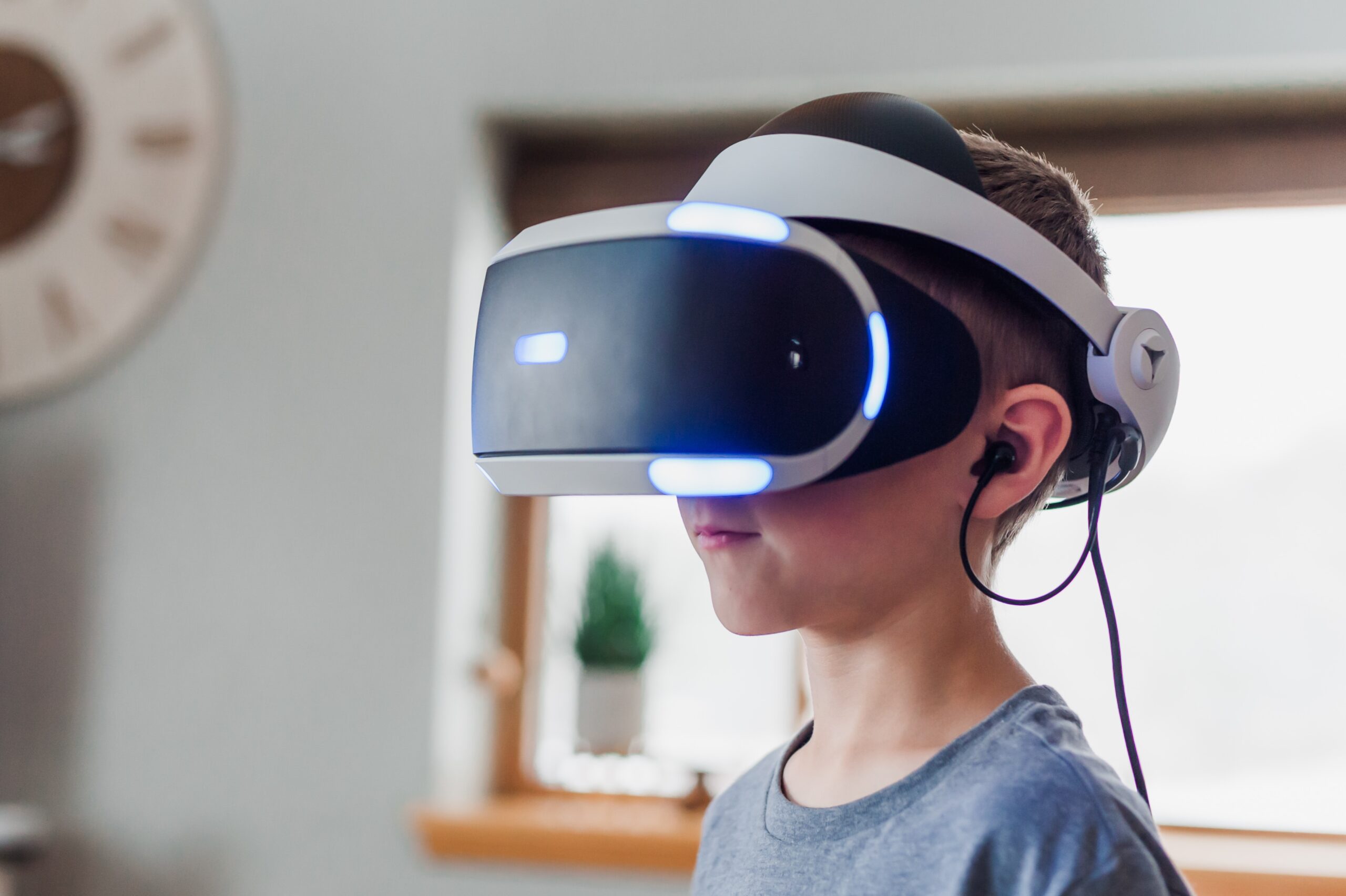This post contains affiliate links.
The Evolving Landscape of Virtual Reality
Virtual Reality (VR) has come a long way since its inception, and it continues to evolve at an astonishing pace. As we look ahead to 2024, the future of virtual reality holds immense potential and promises to revolutionize various industries and daily life as we know it.

Advancements in VR Technology
In recent years, we have witnessed remarkable advancements in VR technology. From improved graphics and resolution to more immersive experiences, the possibilities seem endless. The introduction of standalone VR headsets has made the technology more accessible and convenient, eliminating the need for a powerful computer or console.
Furthermore, the development of haptic feedback and motion tracking systems has enhanced the sense of presence in virtual environments. Users can now interact with virtual objects and feel sensations that were once unimaginable.
Virtual Reality in Entertainment
One of the most significant impacts of VR technology is in the field of entertainment. Virtual reality offers a whole new level of immersion and engagement, allowing users to step into virtual worlds and experience things beyond their wildest dreams.
In the gaming industry, VR has already made a substantial impact. With the introduction of VR games and experiences, players can now go beyond the screen and become a part of the game itself. This trend is expected to continue in the coming years, with more innovative and immersive gaming experiences on the horizon.
Moreover, VR has the potential to revolutionize the way we consume media. Imagine sitting in a virtual cinema and watching a movie on a massive screen, or attending live concerts and events from the comfort of your own home. These are just a few examples of how VR can transform the entertainment industry and provide users with unforgettable experiences.
Virtual Reality in Education and Training
Virtual reality is not limited to entertainment; it also has the potential to reshape education and training. VR can create immersive learning environments that engage students and enhance their understanding of complex concepts.
For example, medical students can practice surgeries in a virtual operating room, allowing them to gain valuable experience without the risk of harming real patients. Similarly, VR can be used to simulate dangerous or challenging scenarios for training purposes, such as firefighting or military simulations.
By incorporating VR into education and training, we can provide learners with hands-on experiences that were previously impossible or difficult to achieve. This technology has the power to revolutionize the way we learn and acquire new skills.
Virtual Reality in Healthcare
The healthcare industry is another sector that stands to benefit greatly from virtual reality. VR can be used for pain management, mental health therapy, and rehabilitation.
For patients suffering from chronic pain, VR can provide a distraction and help alleviate discomfort. Virtual reality environments can also be used to treat phobias and anxiety disorders by exposing patients to their fears in a controlled and safe environment.
In rehabilitation, VR can assist patients in regaining mobility and improving motor skills. By creating virtual environments that mimic real-life scenarios, patients can practice and strengthen their abilities in a safe and controlled setting.
The Future of Virtual Reality
As we look to the future, the potential applications of virtual reality are vast and exciting. From entertainment and education to healthcare and beyond, VR has the power to transform various industries and enhance our daily lives.
However, there are still challenges to overcome. The cost of VR technology needs to decrease for it to become more accessible to the general public. Additionally, concerns regarding privacy and data security need to be addressed to ensure the widespread adoption of VR.
Despite these challenges, the future of virtual reality looks promising. With continued advancements in technology and growing interest from industries and consumers, we can expect to see VR become an integral part of our lives in the years to come.
So, are you ready to dive into the virtual frontier and explore the endless possibilities of virtual reality? Strap on your headset and get ready for an extraordinary journey into the future.
This post contains affiliate links.